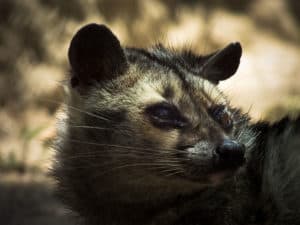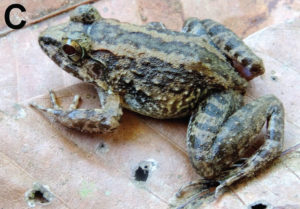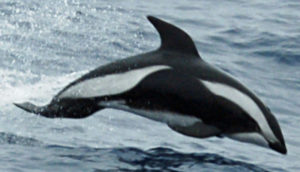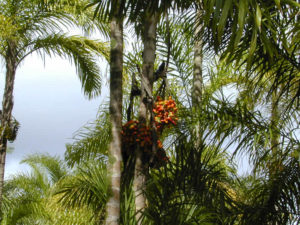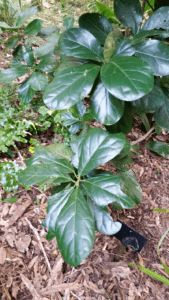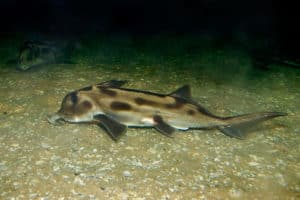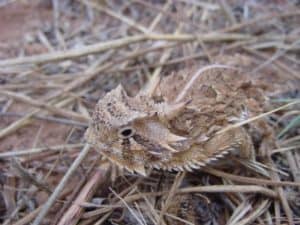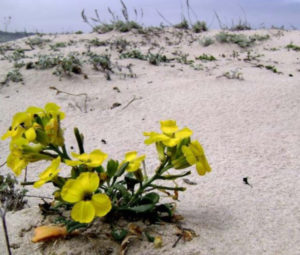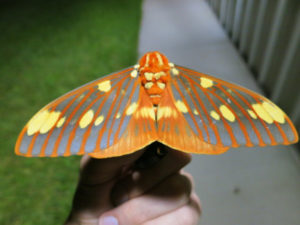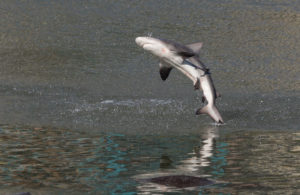Asian Palm Civet Facts Related Articles Asian Palm Civet Physical Description The ranter amazing Asian Palm Civet ranks as a small though impressive looking species of mammal. The elongated body also averages about 21 in (53 cm) in length, while the tail reaches 19 in (48 cm). The animal reaches a maximum known weight of 11 […]
Limnonectes larvaepartus
Limnonectes larvaepartus Facts Related Articles Limnonectes larvaepartus Physical Description Though the Limnonectes larvaepartus fascinates researchers, it does not do so based on size. That’s because the amphibian remains a somewhat diminutive species. Overall, mature adults of this variety of frog attain an average length of roughly 1.5 in (3.8 cm). This small marvel of Nature […]
Hourglass Dolphin
Hourglass Dolphin Facts Related Articles Source: http://bit.ly/1r2tcZx Photo: Lomvi2 CCL: http://bit.ly/2P4R3Ic Hourglass Dolphin Physical Description Most notably, the Hourglass Dolphin represents a relatively small species of cetacean. The average length of the very few individuals studied, who appeared to be adults, was roughly 6 ft (1.8 m). Also, in color, these beautiful creatures principally appear black, […]
Peach Palm
Peach Palm Facts Related Articles Peach Palm Physical Description The Peach Palm develops in a shape that bears a strong resemblance to related species. That’s due to the fact that this flora forms a large, but slim, vertically growing species of palm. Like most trees of its kind, the plant also typically, produces a single […]
Pennantia baylisiana
Penatia baylisiana Facts Related Articles Pennantia baylisiana Physical Description Although it stands out from other trees due to its terrible situation, physically, this wonder of evolution appears much like many of its related species. Most unfortunately, it currently remains undetermined if the single survivor in the wild represents an average example of the flora. For […]
Australian Ghost Shark
Australian Ghost Shark Facts Related Articles Australian Ghost Shark Physical Description Sometimes called the elephant fish, the incredible Australian Ghost Shark does not grow to a large size. Because of this, it only attains a maximum known size of about 49 in (125 cm) in length. But, it has one most easily recognizable physical feature. […]
Texas Horned Lizard
Source: http://bit.ly/2JNyfr3 Photo: Ben Goodwyn CCL: http://bit.ly/2IjEG4n Texas Horned Lizard Facts Related Articles Texas Horned Lizard Physical Description Although all species of horned lizard remain comparatively diminutive in size, the Texas Horned Lizard stands out. That holds true due to one specific fact. That’s because, in addition to its other unique attributes, this fascinating variety […]
Menzies’ Wallflower
Menzies’ Wallflower Facts Related Articles Menzies’ Wallflower Physical Description Firstly, the amazing Menzies’ Wallflower evolved the remarkable ability to develop as either a perennial or biennial. In addition, the lovely plant also has the distinct physical characteristics of a particular short herb. That holds true due to the fact that this this marvel of Nature […]
Regal Moth
Regal Moth Facts Related Articles Regal Moth Physical Description The magnificent Regal Moth easily earns its name. That’s because it clearly stands out from many of its peers in terms of pure beauty. It nevertheless impresses those who encounter it for yet another reason though. That’s due to the sheer size of the marvelous insect. […]
Spinner Shark
Spinner Shark Facts Related Articles Spinner Shark Physical Description The adult Spinner Shark sometimes attains a length of as much as 10 ft (3 m). However, roughly 6.4 ft (2 m) serves as a more common length. Also, an average weight equals about 123 lb (56 kg) for adults. The body shape stays extremely slim […]
